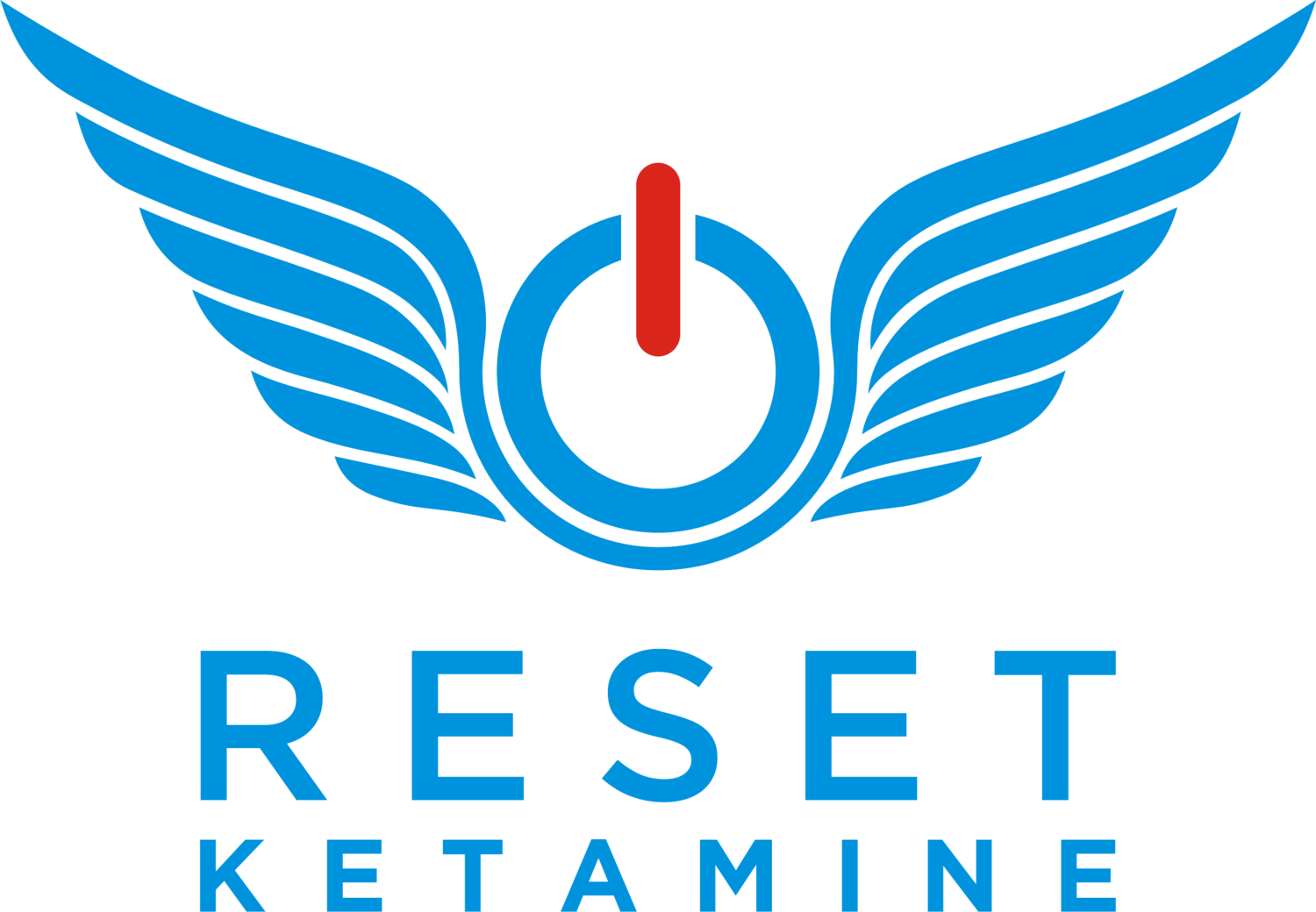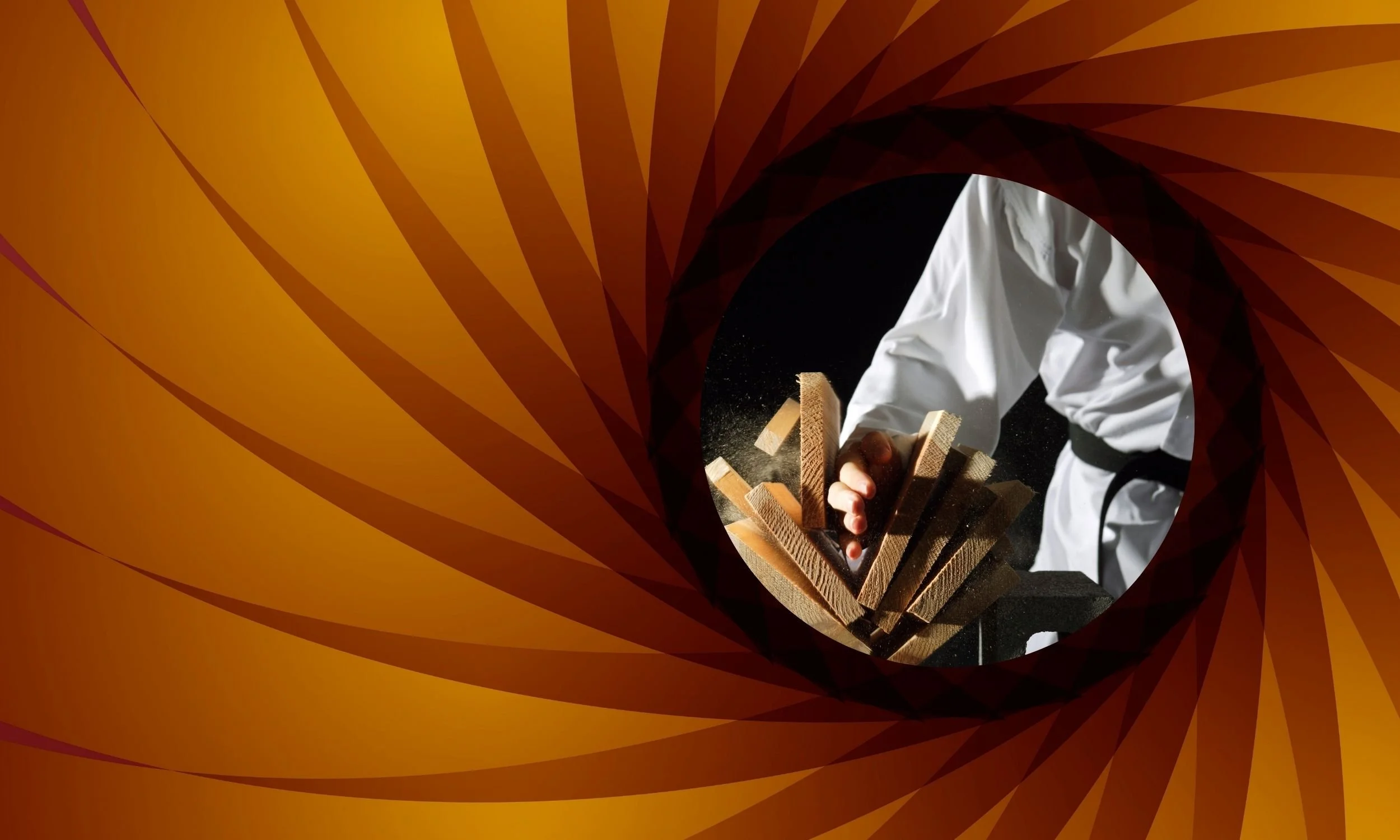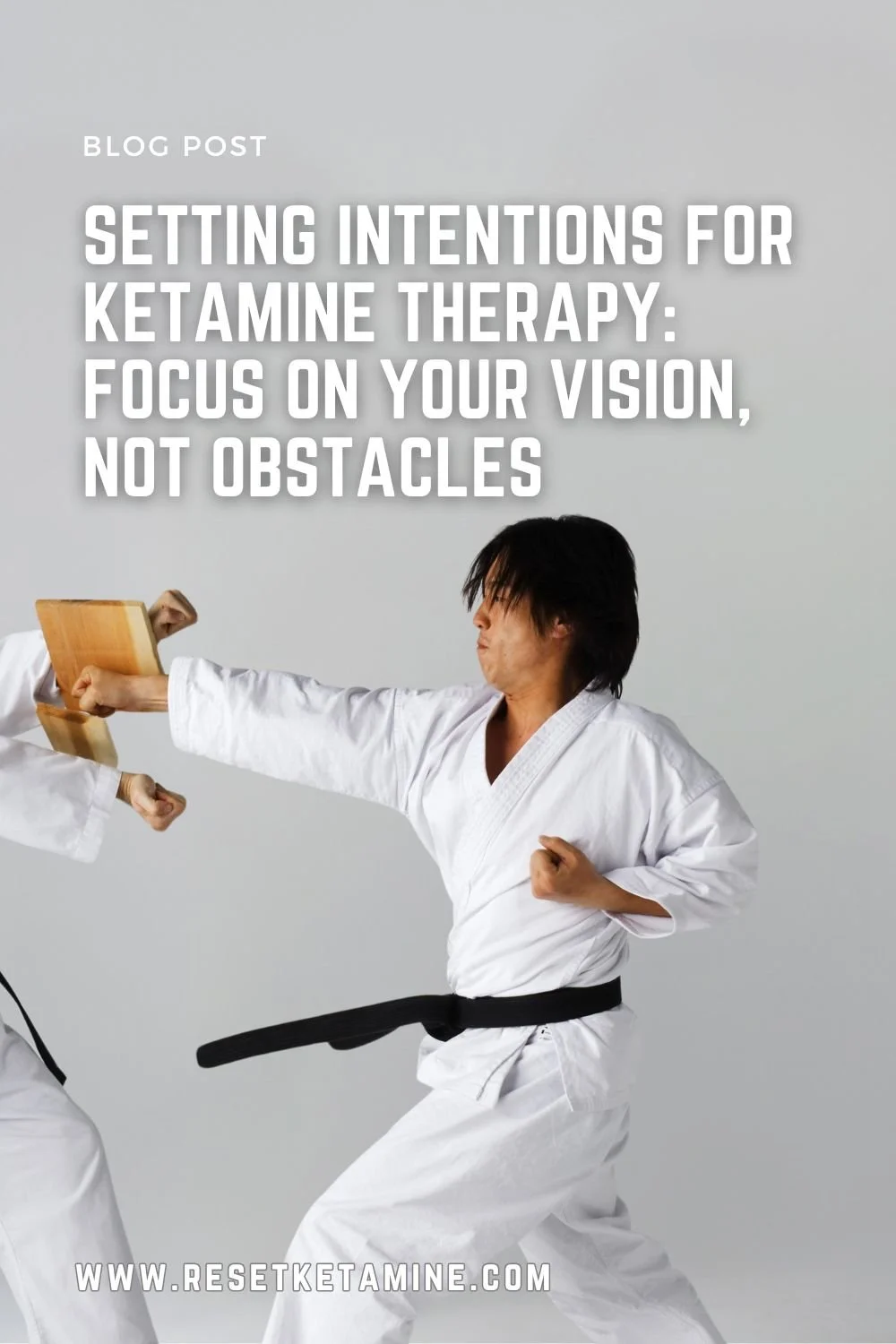Synopsis: While rebuilding his ketamine clinic after a car bomb explosion, Dr. Ko shares how focusing on obstacles was actually hindering his progress. Drawing from Dan Millman's board-breaking lesson and the brain's negativity bias, he explains why outcome-focused intentions work better than obstacle-focused thinking - both for clinic rebuilding and ketamine therapy. Learn how to shift from "not being depressed" to envisioning specific positive outcomes during treatment.
Introduction
I've been thinking about my intention with the new clinic that I want to create. If you’re wondering why I’m talking about a new clinic, on May 17 our clinic was severely damaged due to a car bomb that was targeting a medical clinic next door to us. Since then we have been closed, and as of the release of this blog we are still closed.
As you can imagine, it's been a challenging time full of growth. There are some obstacles in the way of getting our clinic up and running, and I've been focusing on those obstacles with a little bit more attention and energy than I really need to. What I really ought to be focusing on is actually: what is it that I want for my future clinic?
When rebuilding after crisis, focusing on your vision of what you want to create - rather than dwelling on the obstacles - becomes essential for moving forward. Clear intentions guide both clinic reconstruction and personal healing journeys.
The Power of Focusing Forward
Often what we focus on is the negative, and that’s thanks to our “negativity bias”. This is due in part to our amygdala, the part of the brain that helps us detect threats has a stronger response to negative stimuli. Our minds are very powerful. The thoughts we have can change the way we feel and therefore what we focus on. What we focus on in turn, changes how we feel. We can cultivate a more positive mindset. Strengthening neural pathways with intentions and focus on gratitude and compassion.
So in regards to my future clinic, instead of focusing on the things that haven’t and aren’t working now during this time of rebuilding, I am shifting the focus to What is it that I want to create? What I'm envisioning for the future of the clinic is a very peaceful, calm, tranquil, clean environment for our patients so that they can get the most amount of healing possible. Not only is this helping me be more constructive and proactive in my actions, it helps reinforce more feelings of hope, joy, and appreciation.
When I focus on the obstacles, that negative focus actually is a barrier in itself. Which brings me to a lesson I learned from a very wise person.
The Board-Breaking Lesson
A few years ago, I was taking a course with one of my favorite mentors, friend, and author of The Way of the Peaceful Warrior, Dan Millman. He had us do a board-breaking activity. It consisted of using the flat edge of our hands to break through these boards. One of the many amazing things that he told us was the secret breaking board. The key to successfully breaking a board with our hand was to actually look beyond the board. Imagining your hand going not right at the board and stopping there, but going beyond it.
During this challenging time, I was reminded of this board-breaking exercise. I had been focusing on the board itself i.e. the obstacles and barriers rather than beyond them.
Perhaps you can relate to this too? Have you been focusing on the challenges and boards in your life, instead of what lives beyond them?
This exercise is a concrete example of how to aim our focus. We're going to focus on the final destination. Where do I want my hand to be? And that, for me, looks like the clinic - how optimal and excellent it's going to be - rather than the board itself and focusing on the barrier preventing me from getting that.
Setting clear, outcome-focused intentions before ketamine therapy helps leverage the brain's increased neuroplasticity during treatment. Focus on what you want to achieve rather than what you want to avoid for better therapeutic results.
Focus and Vision During Ketamine Treatments
Similar to how I am applying this board-breaking lesson to rebuilding my clinic, this concept is also relevant to intention setting during ketamine therapy. When a patient is forming an intention for their ketamine treatment, I remind them to focus on the final outcome that they desire, not the barriers or challenges that are in the way of that.
So how does this play out? Instead of "not being depressed," an outcome-focused intention can be "more days of laughter and energy to play with my dog." While "not being depressed" isn't a bad intention, it is still obstacle-focused. Setting an intention that is focused on what we really want is just like visualizing your hand going through the board.
What's also wonderful about setting outcome-focused intentions during ketamine therapy is that you can leverage the neuroplastic effects of this medicine. Your brain is particularly receptive during these treatments, supporting your mind to shift toward solutions and desired outcomes throughout your life.
Conclusion
This time of rebuilding has been challenging, and yet I am grateful for the growth and learning I am receiving. I especially appreciate my patients even more, for I am reflecting on their journeys and their overcoming of obstacles, which gives me strength and inspiration. I am also reminded of the counsel I give them and how I can apply it to my own life right now!
So perhaps you can relate. Do you have a challenge you are facing now that feels insurmountable? Are you thinking of starting ketamine therapy to heal? Whatever situation you may be facing, I encourage you to set an outcome-focused intention and see how your focus and feelings shift.
I'll be the first to admit, an outcome-focused intention won't automatically make everything better. These challenges we face are exactly that...challenging! However, just like the Dan Millman lesson taught me - sometimes the smallest shifts in what we focus on can lead to amazing breakthroughs.
If you enjoyed this blog post, check these out too:
When Crisis Hits: 3 Mindset Tools That Are Getting Me Through
Three practical resilience tools that helped Dr. Ko navigate rebuilding after a clinic explosion. Learn the FMA mnemonic for controlling what you can, amor fati for finding meaning in hardship, and the shrimp shell metaphor for growth through discomfort.
Mindset Mnemonics For Calm and Ketamine Therapy Integration
Three simple memory techniques that reduce anxiety, improve focus, and stop negative thinking patterns. Perfect tools to enhance both ketamine therapy outcomes and daily mental wellness.
What Chess Taught Me About Life, Legacy, and Ketamine Therapy
How chess reveals powerful lessons about status, purpose, and what truly matters in life. Discover how shifting perspective - whether through chess or ketamine therapy - can transform your priorities.






